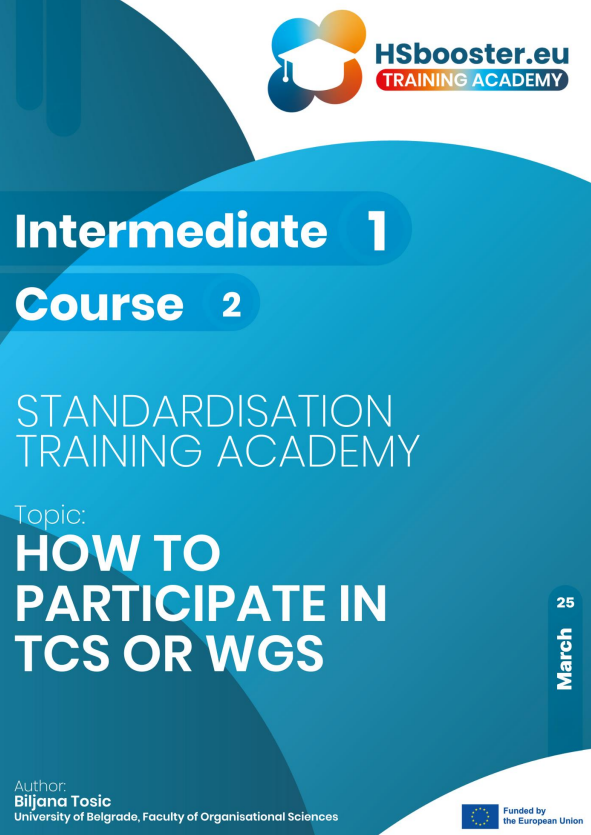- Intermediate 1, Course 2
As an independent, non-governmental, formal organisation for standardisation, ISO aims at bringing together members from 167 different countries to develop voluntary, consensus-based, international standards while contributing significantly to sustainable development. Only national organisations for standardisation can become ISO members and there can be only one member per country. There are three member categories: full members, correspondent members, and subscriber members, and each category enjoys different benefits within the ISO system.
After completing this module, you should be able to:
- Understand that only national organisations for standardisation can become ISO members and only one member per country shall represent the ISO in that country;
- Explain that committee managers deal with administrative tasks of the committee;
- Explain that committee chairs deal with managerial tasks of the committee;
- Explain that liaisons may be established between committees, between
- ISO and IEC, and between committees and external organisations;
- Explain that WGs are managed by the convenors who lead the WG
- Towards achieving the main goals for which the WG was originally established;
- Explain that members can choose to become O-members or P-members;
- Explain that O-members only observe standards development;
- Explain that P-members are actively engaged in standards development and are obliged to vote on working drafts, as well as, to attend technical committee meetings (if requested).

Intermediate
Training Courses
University of Belgrade in Serbia

